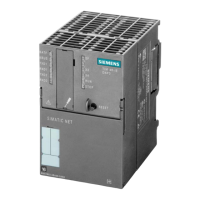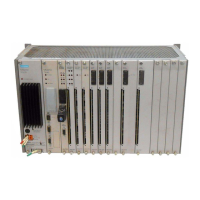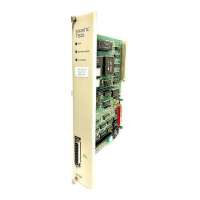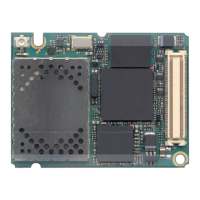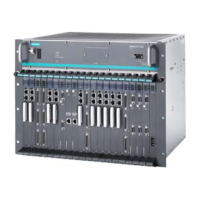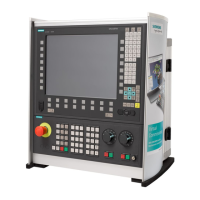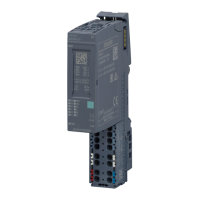Glossary
TIM DNP3
342 System Manual, 06/2014, C79000-G8976-C253-03
Distributed Network Protocol
The DNP3 protocol is a telecontrol protocol that allows the process data of sensors, field
devices and RTUs to be connected to operator control and monitoring systems. The protocol
was first specified in 1990. In 1993, this specification was released for general use under a
public domain license. The protocol is maintained and has been further developed by the
DNP user group founded in October 1994. The DNP user group is made up of users and
manufacturers of DNP-compliant devices.
Apart from the continuous further development of the DNP specification, the DNP user group
provides a test procedure for checking the conformity of DNP products. The certification of
the DNP device using this procedure ensures the compatibility of devices from different
vendors. The test procedure divides the DNP-compliant devices into different conformity
levels according to their range of functions (simple sensors, field devices, complex
controllers).
The SIMATIC NET modules TIM 3V-IE DNP3 and TIM 4R-IE DNP3 were certified with this
test procedure according to DNP level 2 "outstation".
→
TIM
Ethernet / Industrial Ethernet
Industrial Ethernet is a powerful communications network complying with the international
standard IEEE802.3 (Ethernet) that was optimized to meet the requirements of industrial
application. Ethernet is designed with a linear, star or ring topology. The transmission media
are shielded coaxial cables, twisted pair, or fiber-optic cables.
→
TIM
A firewall is a network component via which a secure network can be linked with an
unsecure network. The task of a firewall is to control data exchange between the networks.
With a general request (GR), subscribers in a SINAUT network can request a current
process image from their communications partners. This happens automatically when a
disrupted connection has been restored or when a failed partner reports a restart. Apart from
the automatic general request, a general request can also be triggered at any time by the
user program or from the control center.

